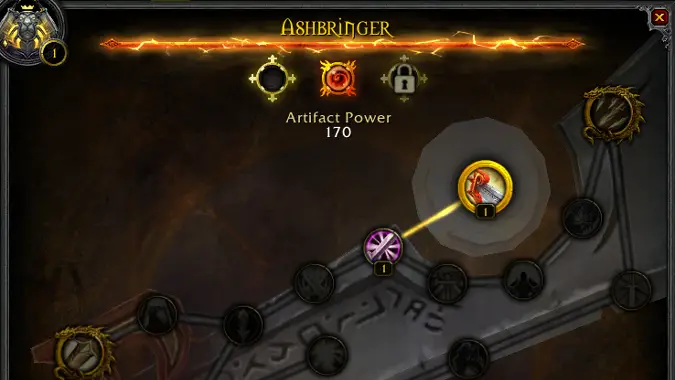

Play the Spire's Message at a Guardian Outpost locations Defeat glyph master raz and collect the spire artifact Gather information on raz from tarana, lara croft, rebirth raven, cluck or cobb Complete Uncommon or Rarer Challenges locations Talk to Tarana, Lara Croft, Raven, Cluck or Cobb Don the disguise and strike three resonant crystals at the Spire Complete all 3 Spire quests then return to Raz Harvest a wolf fang, a boar tusk, and three chicken feathers for Raz locations Retrieve the Cult Artifact from the Spire for Raz Locations Collect a Cult Talisman from a Guardian for Raz so he can finish the disguise locations
CULT ARTIFACT FOR RAZ HOW TO
In this video i show you Fortnite Boss Raz Spire Quests Bosses Challenges! How to get All Glyph Master, Chromium, Runic, Gold How To Get All Raz Style Spire Boss Raz Quest Challenges Fortnite you will Get Raz Chromium Style, Raz Runic Style, Raz Gold Style and Raz Glyph Master Styles in Fortnite Boss Raz Spire Quests Bosses Challenges! How to get All Glyph Master,Ĭhromium, Runic, Gold Chapter 2 Season 6 :Īll Fortnite Bosses Raz Spire Quest Challenges Guide : Posted on 31.Fortnite Boss Raz Spire Quests Bosses Challenges! How to get All Glyph Master, Chromium, Runic, Gold Hypotheses have placed their original homeland somewhere in the wide general area between Albania and Turkey. And finally he hopes that this unique discovery will reveal where the sea-faring people originally came from, because their origin is still shrouded in the mists of time. "We are on the verge of some exciting revelations but we need to first confirm these through further investigations," emphasized Zwickel. "However, in view of the vast number of artifacts, we can only provide a statistical overview and reconstruct a few of the vessels." The pit contained tens of thousands of shards and it will probably prove impossible to recreate all the vessels that they once formed.Īnother focus of future research is clarifying the actual purpose of the architectural models and vessels. "Now that we have published on the architectural models, we want to look at the most significant finds among the other items in this pit," said Professor Wolfgang Zwickel, Biblical archaeologist of Johannes Gutenberg University Mainz (JGU). At the time, the city of Yavneh was within the area controlled by the Philistines, a seafaring people, and it was originally settled by the Egyptians around 1200 BC. The objects found in the pit were ceremonially buried when they were presumably no longer needed at a nearby sacred site that has yet to be uncovered. This alone underlies the extraordinary relevance of the new finds when it comes to reconstructing the religious history of Palestine. In comparison, only about 30 similar objects had been found during the official excavations of the previous 100 years. Roughly 120 of these architectural cult stands have been restored. Depicted on the fronts and sides are animals, primarily bulls and lions, together with the figures of naked goddesses. This group consists of architecturally-inspired clay models in the form of cult stands that are about the size of a shoe box. Irit Ziffer) and Mainz (Professor Wolfgang Zwickel).

The first group of finds has since been reconstructed and the items are now being published by a team of researchers from Israel (Dr. Furthermore, the finds themselves required extensive restoration before their presentation to the public. The breathtaking discovery was initially kept secret in order to prevent amateur archaeologists disturbing the site or even taking valuable articles away with them. This was actually larger than any other find unearthed in the previous 100 years of archaeology in Israel. Despite this, Kletter uncovered more than 7,000 cult artifacts from the 9th and 8th centuries BC. The dig was restricted to a pit just 2 meters in diameter and 1.5 meters deep.

Raz Kletter, who at the time was employed by the Israel Antiquities Authority, undertook a small but extremely important dig in Yavneh, a good 20 kilometers south of Tel Aviv. In fall 2002, the Israeli archaeologist Dr. The researchers hope that further evaluations of the remarkable finds will provide clues as to the actual origin of the Philistines, who were a seafaring nation. These items include clay architectural objects intended to represent cult structures from the time of the Philistines. The first items have since been restored and are now being described in a publication produced by a team of researchers from Israel and Mainz. In 2002, at a site about 20 kilometers south of Tel Aviv, archaeologists made a sensational discovery of several thousand cult artifacts from the 9th and 8th centuries BC. Researchers based in Israel and Mainz present the first group of findings


 0 kommentar(er)
0 kommentar(er)
